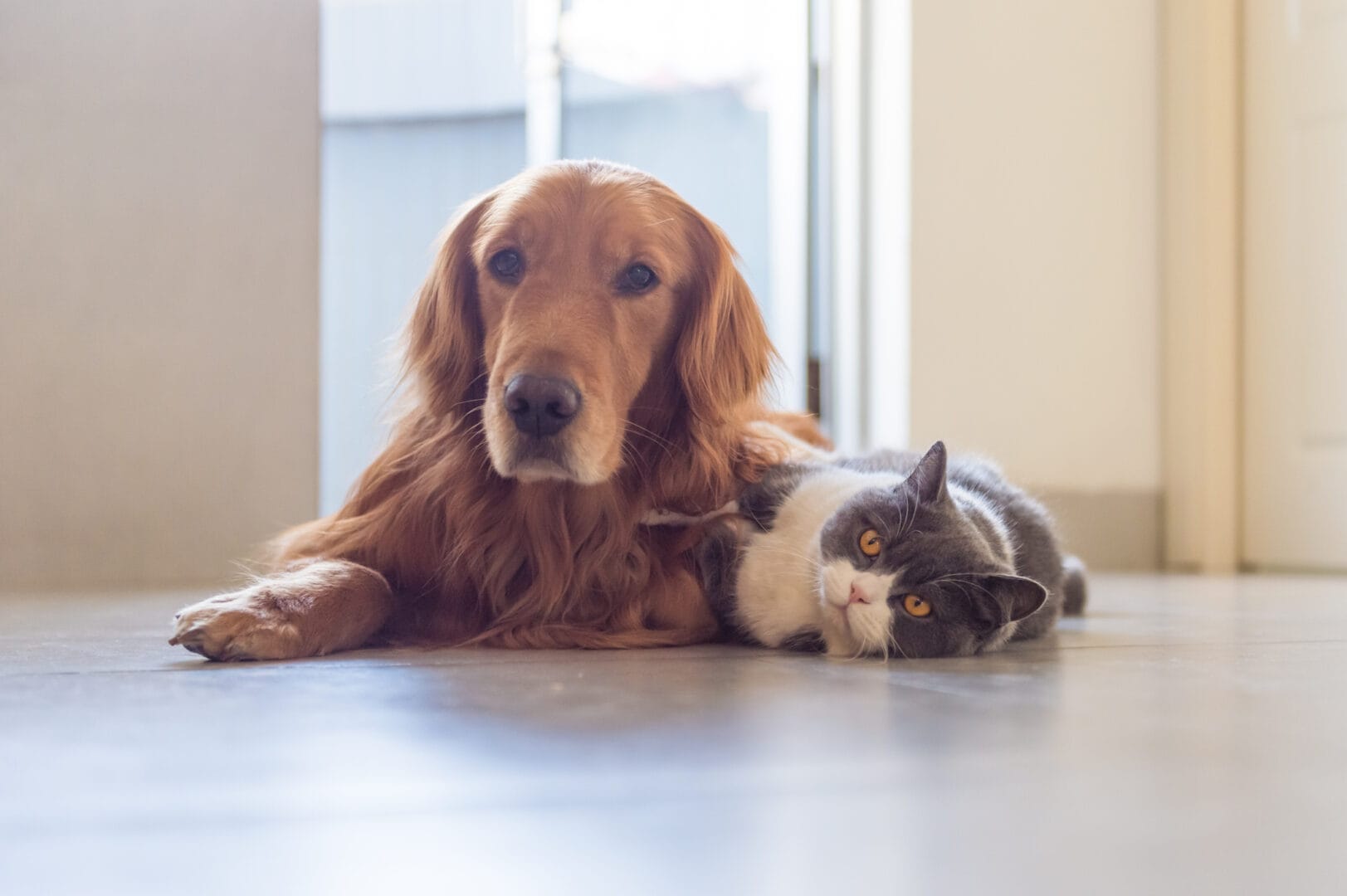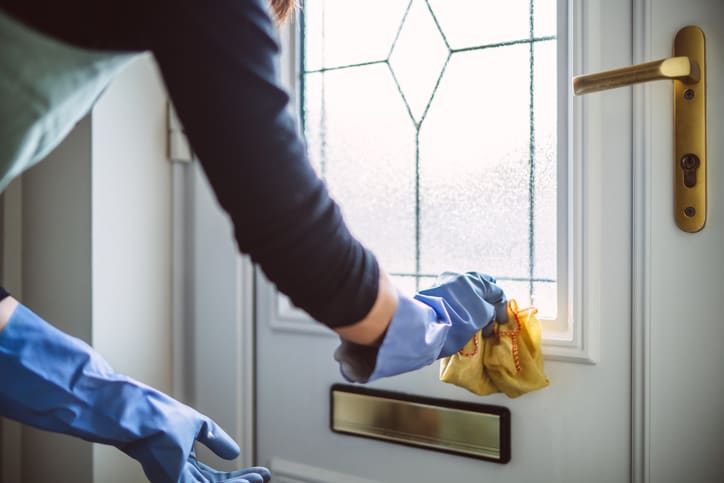Whether you’re leaving your furry family member for the night or are going on a bona fide vacation without them, having a quality pet sitter is a no-brainer. However, figuring out what to pay for overnight pet sitting is another story. It’s one of many aspects to consider when finding the right sitter—and one of the most important. We’ve put together some useful advice on pet sitting prices for you.
How much does pet sitting cost?
In Canada, sitters can charge a wide range of different rates, and there is no real industry standard. According to online job portals, pet sitters can charge anything from $15 to $25 per hour on average. But each pet sitter’s care is as personal and specific as your pet themselves, and fees vary depending on how much attention your beloved animal needs.
If you’re used to having friends or family take care of your pets out of love alone, these figures may be new to you. But remember, pet sitters are reliable professionals who are often willing and prepared to go above and beyond what the people close to you can do to make your pets comfortable while you’re away. There are no hard and fast rules for how they’ll charge, so the best thing is to do some research on local sitters and work out who is the best fit for your pet and your needs.
Should pet sitters be paid hourly or a flat rate?
A pet sitter’s approach to rates may vary depending on the type of care they offer. For standard cat sitting or dog walking, they may keep it simple and bill a flat rate. But they may wish to charge hourly rates for tailored services such as preparing different food for different pets, providing specialist care for exotic creatures like snakes, or maintaining stables or aquariums.
Remember, pet sitters are there to help, and can often be flexible, so don’t be afraid to request a quote or ask them to accommodate your needs—you may be able to negotiate a way forward together.
What’s the going rate for house sitting with a pet?
If you’re going away for a few days or more, you may be looking for someone to care for your pet, as well as your house. If this is the case (and especially if you’re asking the sitter to stay over), the rate should be higher than if they were just dropping in for walks or feedings. Consider the savings you will make on avoiding kennel costs.
House sitting rates may also vary depending on how much you expect the sitter to do at your home. Purely pet-focused care may be priced closer to a standard sitting rate. However, if you require the pet carer to stay over or come over multiple times to water plants, collect packages, and take care of the property, you may find yourself digging a little deeper accordingly.
What should I factor into my pet sitter’s rate?
When it comes to determining pet sitting cost, there are a number of things to consider. Here are some of the most common factors that can affect pet sitting rates:
- Your location and the average rates in your area.
- Time spent caring for pet(s).
- Number of animals.
- Type and size of animal(s).
- Duties and tasks.
- Pet sitter’s experience.
1. Your location and the average rates in your area
Location, location, location: it’s one of life’s most important rules, and it applies to pet sitting, too. The higher the cost of living in your area, the more you can expect to pay for someone to take care of your pet. So if you’re looking for a recommendation or a benchmark figure from the people you know, remember to keep it local to get the most relevant information.
2. Time spent caring for pet(s)
Pet sitting costs should be based on the amount of care your pets require—which usually goes hand in hand with the amount of time the sitter needs to spend with them. Consider all the different factors in play: not just topping up the feed bowl, giving medication or taking your dog for walkies, but any litter box cleaning, yard work, play time, and training. Some tasks can be deceptive: simply feeding fish shouldn’t take too long, but if specialist aquarium care comes into play, this can be a more labour-intensive job.
In addition to the amount of time a sitter will spend with your pet daily, another thing to consider is how long a sitter will be watching your pet overall. Time the sitter spends travelling to and from your home and staying at the property may also impact the rate.
Some sitters may be willing to negotiate a small discount for longer-term stays or multi-walk packages, but most will stick to their standard rate: after all, they’re still expected to provide the same quality service, whether they’re with your pet for one month or one hour.
3. Number of animals
Think the rate should change if you need care for more than one pet? Not necessarily. If they’re handling a few different critters who get along, eat the same food and are quite happy taking walks together, then caring for multiple pets can be pretty smooth experience for a sitter. However, if one of your dogs is nervous around strangers, another needs a special diet, and another needs to be neutered, it doesn’t matter if they’re all the same breed—it’s likely they’ll be a handful to take out at the same time.
As a general rule, if you keep a whole menagerie of different species, expect to pay more for a sitter to do the rounds of their feed bowls and play needs than you would if you just had a couple of cute kitties at home.
4. Type and size of animal(s)
Pet sitters may bill higher rates for animals requiring a little more exercise and attention. While cats and exotic creatures like reptiles don’t necessarily need walks or playtime, sitters will factor how much extra effort they spend helping your pet let off steam into their costs. This varies not just by creature, but by breed. Rates for dogs may vary extensively, depending on where you live, and pet sitting for bigger dogs will usually cost more than for their smaller counterparts.
5. Duties and tasks
What you ask your sitter to do for your pet may affect the rates they charge. Pets in the later stages of life may need to be given medication or made special food—additional tasks that could come at an extra cost. Find out in advance whether your preferred sitter plans to charge for this type of service.
6. Pet sitter’s experience
While it may be tempting to cut costs by going with the pet caregiver who offers the best price—don’t. Unless you’re working with a trusted friend or sitter who is in a position to give you a reduced rate, as a rule, the cheaper the option, the less guaranteed you are of a quality service.
Professionals in any field are likely to charge more based on experience—and when looking for a pet sitter you can trust with your furry friends, experience is at a premium. A sitter with many years under their belt, first aid and CPR training, insurance and bonding, who is constantly working to be the best sitter they can be, will cost more—but their expertise could make the difference if your pet gets sick or struggles to settle while you’re away.
Whether you’re on a very limited budget and are forced to opt for a cheaper sitter, or you’re simply working with a professional you don’t know yet, communication is key. Make sure you and your pet have a chance to get to know the sitter in advance and see if they’re a good fit. The connection between pet and sitter is an intangible quality—and one that money can’t buy.



